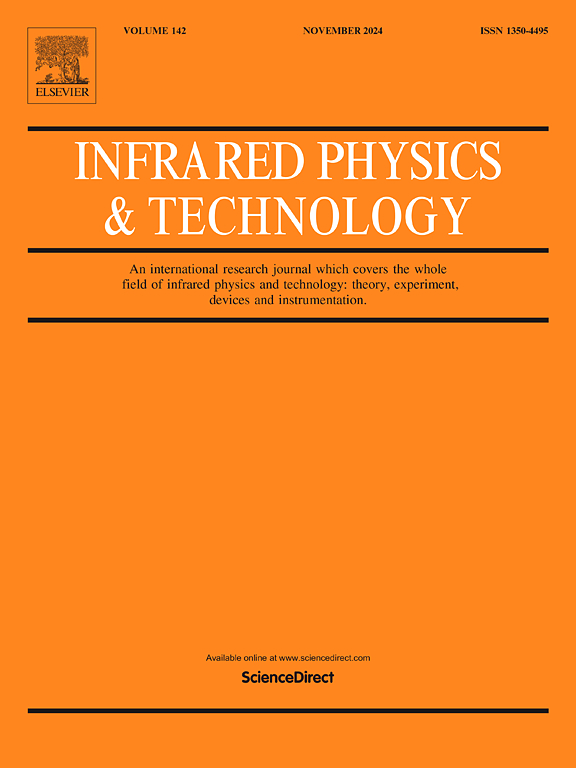A review of recent trends, advancements, and future directions in near-infrared spectroscopy applications in biofuel production and analysis
IF 3.1
3区 物理与天体物理
Q2 INSTRUMENTS & INSTRUMENTATION
引用次数: 0
Abstract
The growing demand for sustainable energy solutions has intensified research into biofuel production and analysis techniques. Near-infrared spectroscopy (NIRS) has emerged as a promising tool in this field, yet a comprehensive understanding of its applications and impact remains lacking. This study aims to systematically review and analyse the applications of NIRS in biofuel production and analysis, providing insights into research trends, key contributors, and future directions. A bibliometric analysis was conducted using the Scopus database, covering publications from 1996 to 2023. The methodology included quantitative analysis, thematic mapping, factorial analysis, and citation analysis using the Bibliometrix package in R. The findings reveal a significant growth in NIRS biofuel applications, with an 11.85% annual increase in publications. The USA, China, and Brazil emerged as leading contributors, with strong international collaborations. Key applications include real-time monitoring of biodiesel production, biomass characterisation, and biogas production analysis. The integration of machine learning with NIRS data analysis represents a notable trend, enhancing prediction accuracy and model robustness. Thematic analysis identifies emerging research clusters in process monitoring, quality control, and feedstock analysis. These findings have important implications for both research and industry. The versatility of NIRS across various biofuel types and production stages suggests its potential for improving process efficiency and product quality. The identified research trends provide direction for future studies, particularly in standardising methodologies and developing more sophisticated data analysis techniques. This review highlights NIRS as a key technology that is enabling the advancement of sustainable biofuel production.
求助全文
约1分钟内获得全文
求助全文
来源期刊
CiteScore
5.70
自引率
12.10%
发文量
400
审稿时长
67 days
期刊介绍:
The Journal covers the entire field of infrared physics and technology: theory, experiment, application, devices and instrumentation. Infrared'' is defined as covering the near, mid and far infrared (terahertz) regions from 0.75um (750nm) to 1mm (300GHz.) Submissions in the 300GHz to 100GHz region may be accepted at the editors discretion if their content is relevant to shorter wavelengths. Submissions must be primarily concerned with and directly relevant to this spectral region.
Its core topics can be summarized as the generation, propagation and detection, of infrared radiation; the associated optics, materials and devices; and its use in all fields of science, industry, engineering and medicine.
Infrared techniques occur in many different fields, notably spectroscopy and interferometry; material characterization and processing; atmospheric physics, astronomy and space research. Scientific aspects include lasers, quantum optics, quantum electronics, image processing and semiconductor physics. Some important applications are medical diagnostics and treatment, industrial inspection and environmental monitoring.

 求助内容:
求助内容: 应助结果提醒方式:
应助结果提醒方式:


